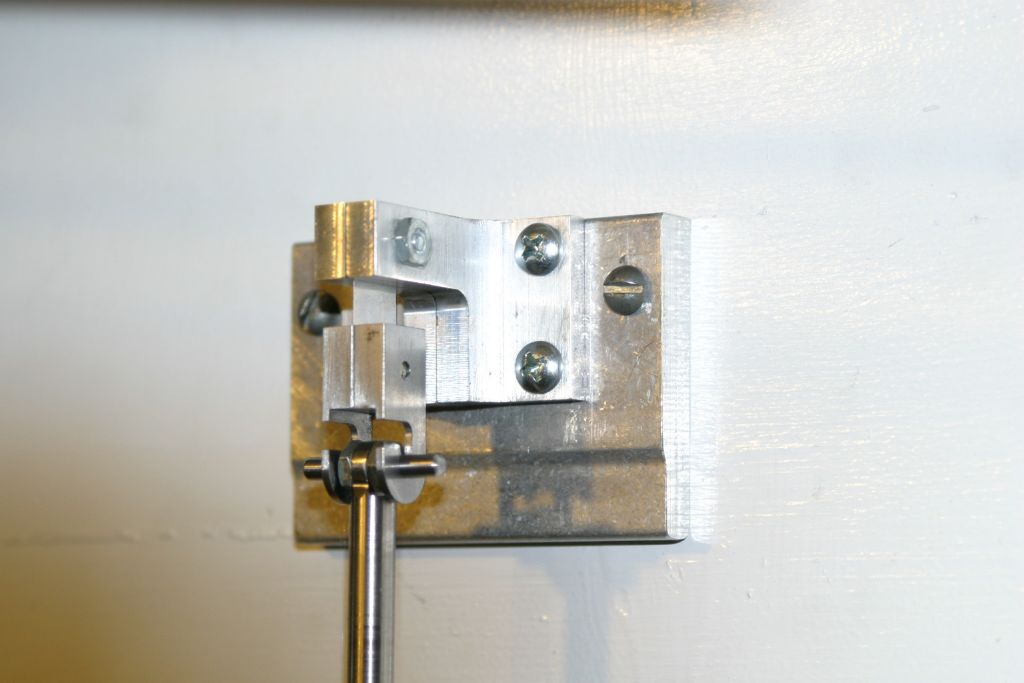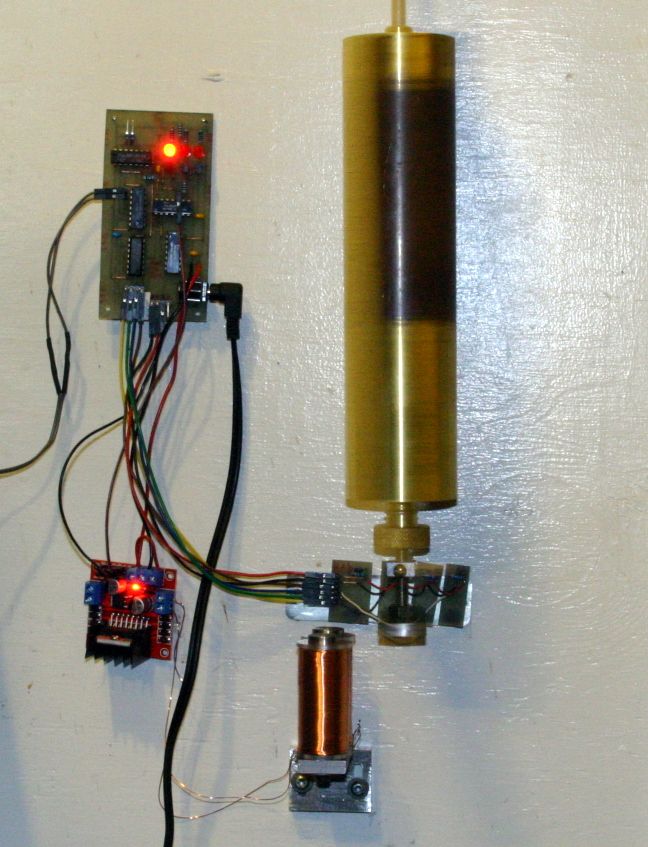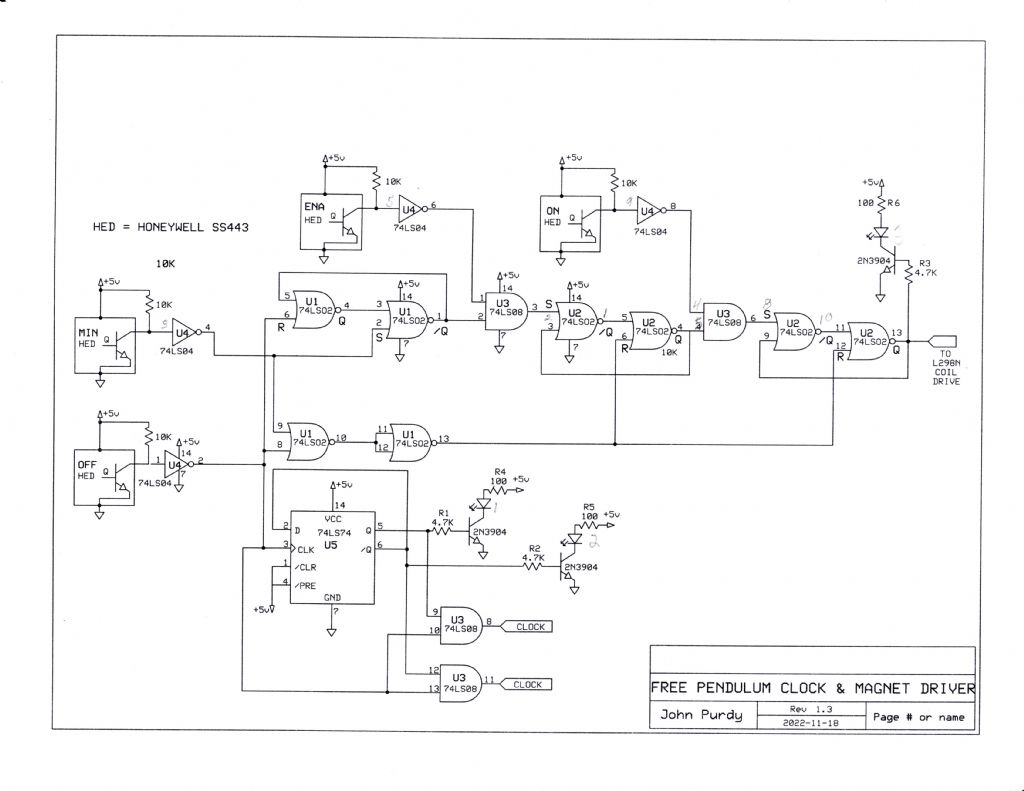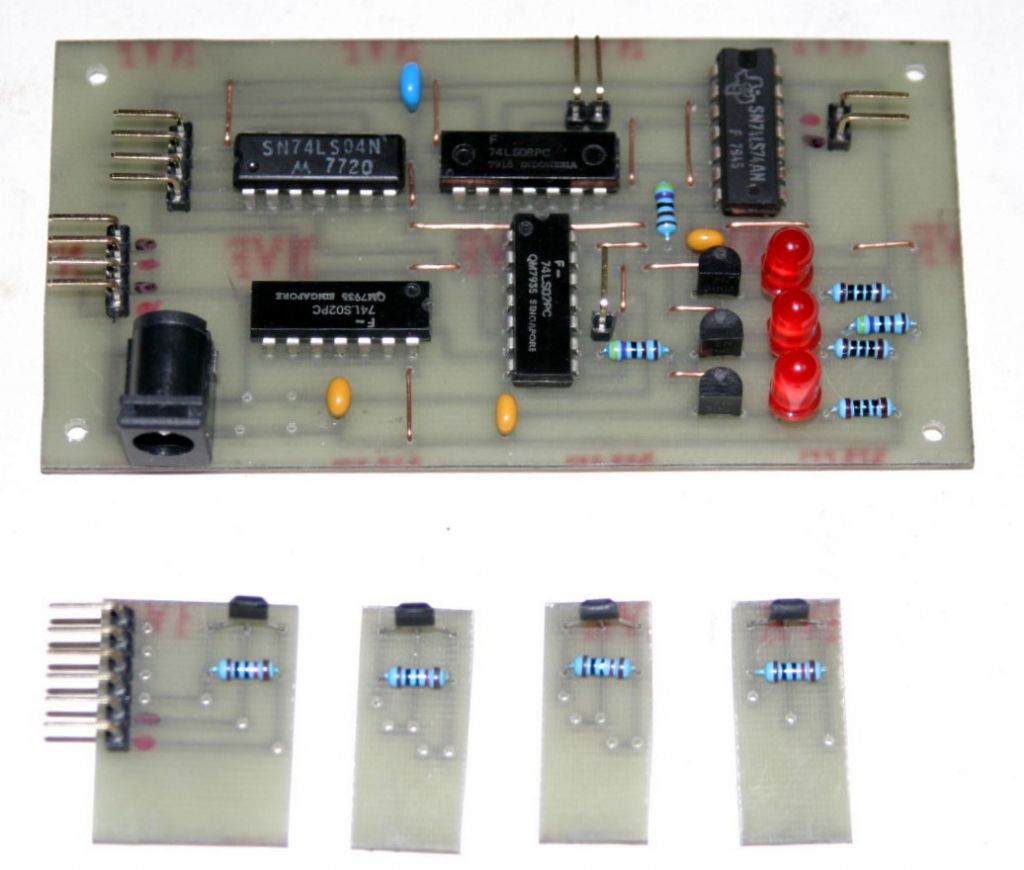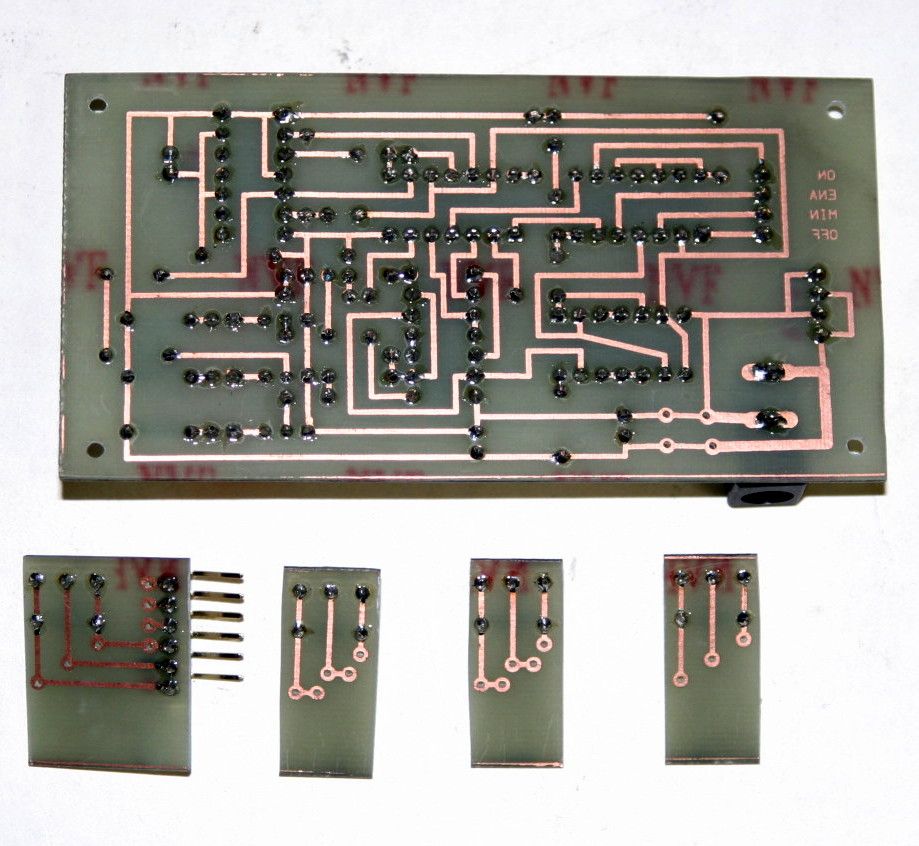Posted by Howi on 31/01/2023 09:51:59:
I would have thought 5v power to the coils would not be enough to move a long pendulum and weight.
My recolection of the master clocks in telephone exchanges is that 50v was used.
The power of an electromagnet is proportional to ampere-turns rather than voltage, so you get the same effect from hundreds of amps through a single turn at miniscule voltage, or a few milliamps through thousands of turns, driven by tens of volts. The engineer can wind a magnet coil to suit almost any voltage / current combination. Telephone exchanges used to run on 80V, lorries run on 24V, cars on 12V, electronics on 9, 5 or fewer volts. Contactors run on mains voltage. Relays are available for all of them.
My reaction to John mentioning his pendulum twangs is that the impulse is too powerful and/or slightly mistimed.
There are two cases though:
- If the pendulum is started from stop by the electromagnet it has to be powerful enough to overcome bob weight inertia. As this is considerable when the bob weighs a few kilograms, a powerful magnet is needed.
- If the clock is started by hand, then the electromagnet only has to be powerful enough to keep the bob swinging once it's going. The amount of energy needed to keep a well-made pendulum going is low because the main losses are stirring air and heating up the suspension spring, A weak electromagnet will do the job, ideally being only just powerful enough because excess energy upsets time of swing.
Timing is also vital. Like pushing a child on a swing, the impulse has to be timed just so. When the electromagnet is mounted directly below the bottom dead centre, it has to be pulsed just before the bob reaches BDC so that the bob accelerates, and then turned off quickly. If the electromagnet is still on when the bob reaches BDC, it becomes a brake, either removing energy from the pendulum with a bump, or stopping it entirely.
Dave
-
Edited By SillyOldDuffer on 31/01/2023 10:38:33
Roger Jelbert.



